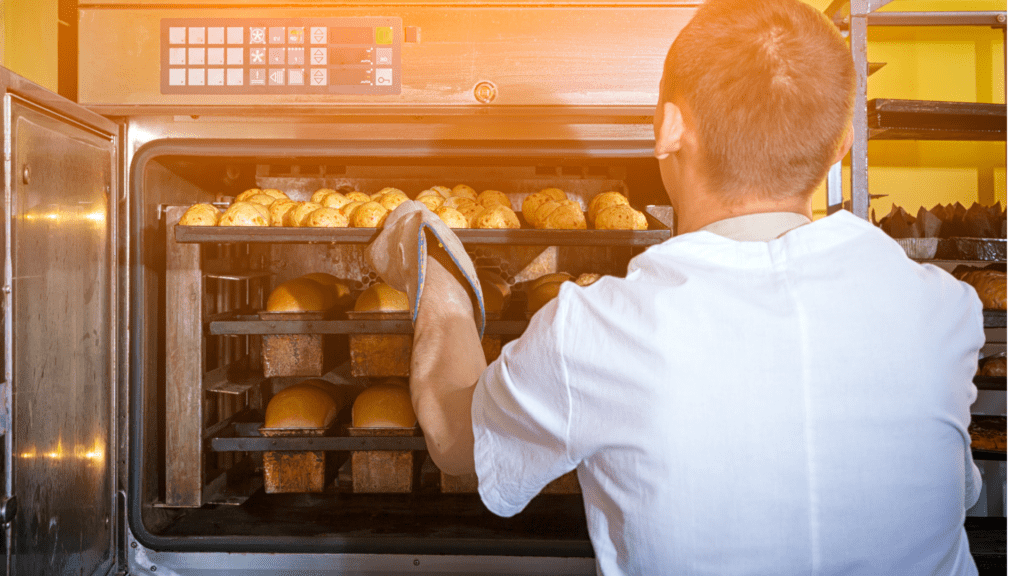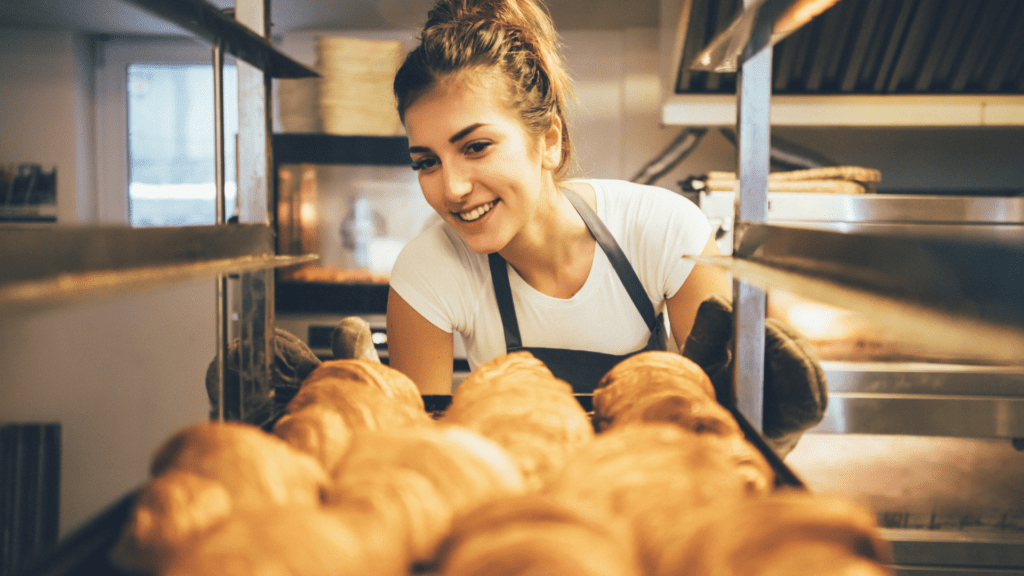In the realm of baking, where precision and creativity collide, mastering the art of fermentation can be the secret ingredient to elevate your creations. Imagine your kitchen becoming a sanctuary for the symbiotic dance of yeast and flour, yielding delectable loaves and pastries. In this journey through the fine art of fermentation, we will explore the transformative power it holds for your baking endeavors.
Unraveling the Magic: Understanding Fermentation
At its core, fermentation is a biological process wherein yeast and bacteria break down carbohydrates into carbon dioxide and alcohol. In the context of baking, this process is what gives bread its airy texture, exquisite flavor, and that irresistible aroma. Understanding this magical transformation allows you to wield it to your advantage in the kitchen.
Diving into the Dough: Tips for Perfect Fermentation
- Choosing the Right Flour: Selecting the right flour is crucial for successful fermentation. Opt for high-quality, unbleached flour with a protein content suitable for the type of bread or pastry you’re creating. Whole grain flours add depth to the flavor and enhance the nutritional profile.
- Yeast Whispering: Yeast is a living organism, and treating it with care is paramount. Ensure your yeast is fresh and active by proofing it before incorporating it into the dough. This step not only activates the yeast but also provides a sneak peek into its vitality.
- Patience is a Virtue: Rushing the fermentation process is a common pitfall. Allow the dough to rise at its own pace, letting the microorganisms work their magic. This patience is rewarded with a more developed flavor and better texture.
- Temperature Matters: The ambient temperature plays a crucial role in fermentation. Warmer environments speed up the process, while cooler temperatures slow it down. Experiment with different temperatures to find the sweet spot for your desired results.
- Sourdough Sorcery: Sourdough, a natural leavening agent, adds a complex tang to your baked goods. Cultivate a sourdough starter for a personalized touch to your creations. The wild yeast and bacteria in sourdough contribute not only to the flavor but also enhance the shelf life of your baked goods.
Crafting the Perfect Dough: A Step-by-Step Guide
Step 1: Gather Your Ingredients
For a basic bread dough, you’ll need:
- 4 cups of high-quality bread flour
- 1 ½ teaspoons of salt
- 1 ½ teaspoons of active dry yeast
- 1 ½ cups of warm water
Step 2: Activate the Yeast
In a bowl, combine the warm water and yeast. Let it sit for 5-10 minutes until it becomes frothy. This indicates that the yeast is active and ready to work its magic.
Step 3: Mix the Dough
In a large mixing bowl, combine the flour and salt. Pour in the activated yeast mixture. Stir until a shaggy dough forms.
Step 4: Knead the Dough
Turn the dough onto a floured surface and knead for about 10 minutes, or until it becomes smooth and elastic. This process develops gluten, giving the bread structure.
Step 5: First Rise
Place the dough in a greased bowl, cover it with a damp cloth, and let it rise until it doubles in size. This can take anywhere from 1 to 2 hours, depending on the temperature.
Step 6: Shape and Second Rise
Punch down the risen dough, shape it into your desired form, and let it rise again for about 30 minutes to an hour.
Step 7: Bake to Perfection
Preheat your oven, slash the risen dough to allow for expansion, and bake until golden brown. The result? A masterpiece of flavor and texture, thanks to the artful dance of fermentation.
Beyond Bread: Exploring Fermentation in Culinary Creativity
While the realm of fermentation is often associated with bread, its influence extends far beyond the confines of a baker’s domain. Let’s unravel the versatility of fermentation in enhancing the flavors and nutritional profiles of various culinary creations.
1. Fermented Condiments: Elevating Everyday Flavors
Imagine a world where your condiments are not just flavor enhancers but also gut-friendly delights. Fermented condiments like kimchi, sauerkraut, and pickles not only add a tangy kick to your meals but also introduce probiotics that promote a healthy digestive system. Experiment with different vegetables, spices, and fermentation times to create personalized condiments that elevate every dish.
2. Fermented Beverages: A Sip of Refreshing Health
Venture into the world of fermented beverages to quench your thirst with a dose of health benefits. Kombucha, a fermented tea, is renowned for its probiotic content and effervescent taste. Brewing your kombucha allows you to customize flavors, sweetness levels, and explore the art of creating fizzy, fermented refreshments right in your kitchen.
3. Fermented Desserts: Satisfying the Sweet Tooth with a Twist
Fermentation doesn’t limit itself to savory delights; it can also revolutionize your dessert repertoire. Experiment with fermented dairy, like yogurt or kefir, in your desserts to add a subtle tang and creaminess. The transformative power of fermentation can turn a simple cheesecake or ice cream into a sophisticated treat with layers of flavor complexity.
4. Fermentation in Gluten-Free Baking: Rising to the Occasion
For those exploring gluten-free baking, fermentation remains a crucial ally. Utilize naturally fermented flours like buckwheat or sorghum to enhance the nutritional content and improve the texture of your gluten-free creations. Sourdough made from gluten-free grains serves as a leavening agent, adding lightness and depth of flavor to your baked goods.
5. The Art of Fermented Dairy: Crafting Homemade Cultures
Elevate your dairy game by venturing into the world of fermented dairy products. Homemade yogurt, cultured butter, and kefir are not only richer in flavor but also boast probiotic benefits. Experiment with different cultures and fermentation times to curate dairy delights that cater to your taste preferences.
Challenges and Triumphs: Embracing the Unpredictability of Fermentation
As with any art form, mastering fermentation comes with its challenges and triumphs. The unpredictable nature of live cultures means that no two batches are identical. However, therein lies the beauty of the process. Each variation opens the door to new flavors, textures, and culinary adventures. Embrace the learning curve, and let the occasional flat loaf or overly tangy kraut be stepping stones to your mastery.
Conclusion: A Symphony of Flavors
In the grand symphony of culinary arts, fermentation takes center stage as a conductor, orchestrating a harmonious blend of flavors, textures, and health benefits. From the crusty perfection of a sourdough loaf to the effervescence of homemade kombucha, the fine art of fermentation invites you to join the ranks of culinary alchemists, turning simple ingredients into extraordinary creations.
So, whether you’re a seasoned baker or a curious kitchen enthusiast, dive into the world of fermentation with an open mind and a willing palate. Let the magic of live cultures guide your culinary exploration, and savor the symphony of flavors that await in every fermented creation. Happy fermenting!


